- +27 83 277 2472
- info@hasephpowernet.net
- Mon - Sat 8:00 - 17:30, Sunday - CLOSED
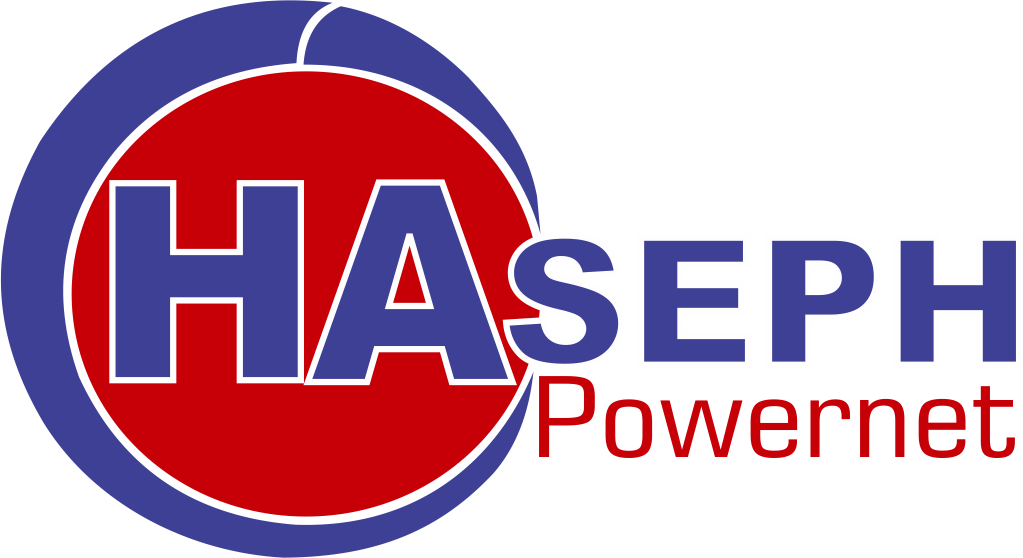

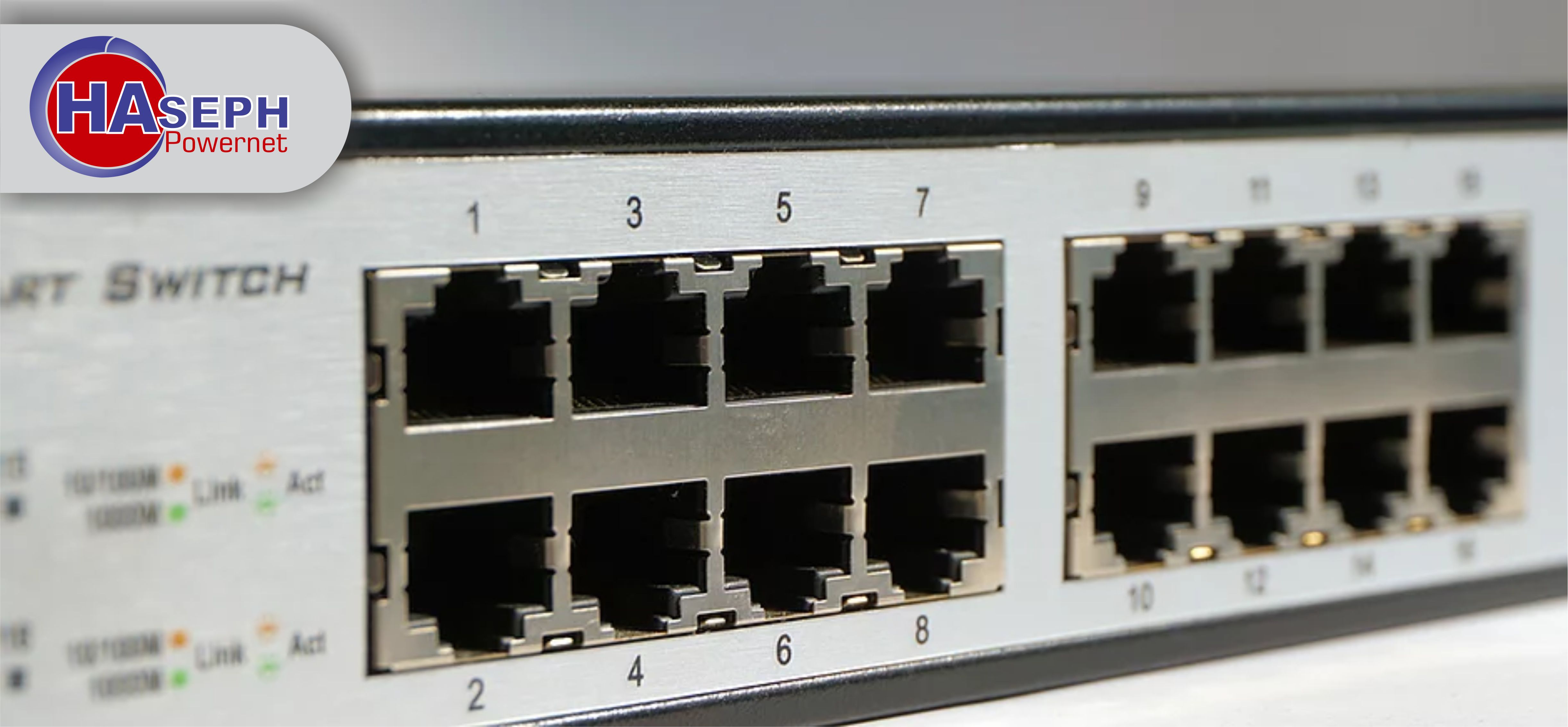
Installing Battery
Installing Cabinet
Installing Ground Cable
Installing Cables
Installing ESMs and Cables
Installing Component
1. Rectifier
2. Subrack
3. MCB
Verification of installing
Commissioning

CoChecking the installation environment;
Unpacking and inspecting the product;
Installing 1*CTN shelf, the CTN rack, CTN equipment and power cable;
Installing optical fibers(51-100 pairs);
Pasting labels;
Performing the hardware self-test and accepting the equipment installation;
Cleaning the sites and preparing for reports.
As-built documents
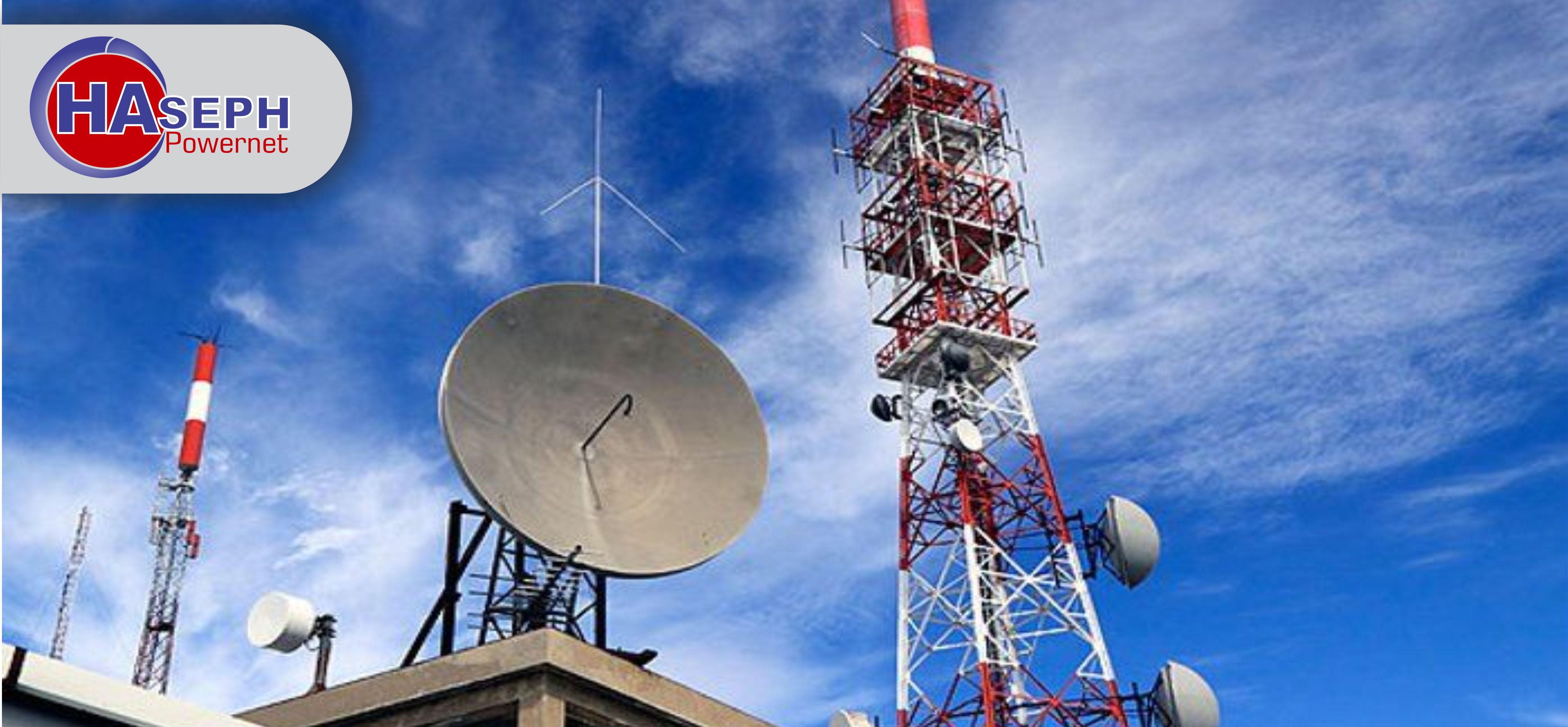
Base station installation environment inspection. Check whether the installation environment of the base station
meets the requirements for equipment installation.
Unpack and inspect the base station devices delivered to the site.
Installation of new cabinet or capacity expansion cabinet at an indoor macro base station site
Installation of power cable from the power supply device to the
indoor macro base station, and make and attach
labels on the power cable.
Installation of transmission cable from the transmission device to the indoor macro base station, and make and attach
labels on the transmission cable.
Installation of jumper from the antenna system to the indoor macro base station, make and attach labels on the
jumper.
Power on the base station device and other devices, and check the installation quality.
Clean up the site.
Waiting for the commissioning and integration;
Hardware troubleshooting.
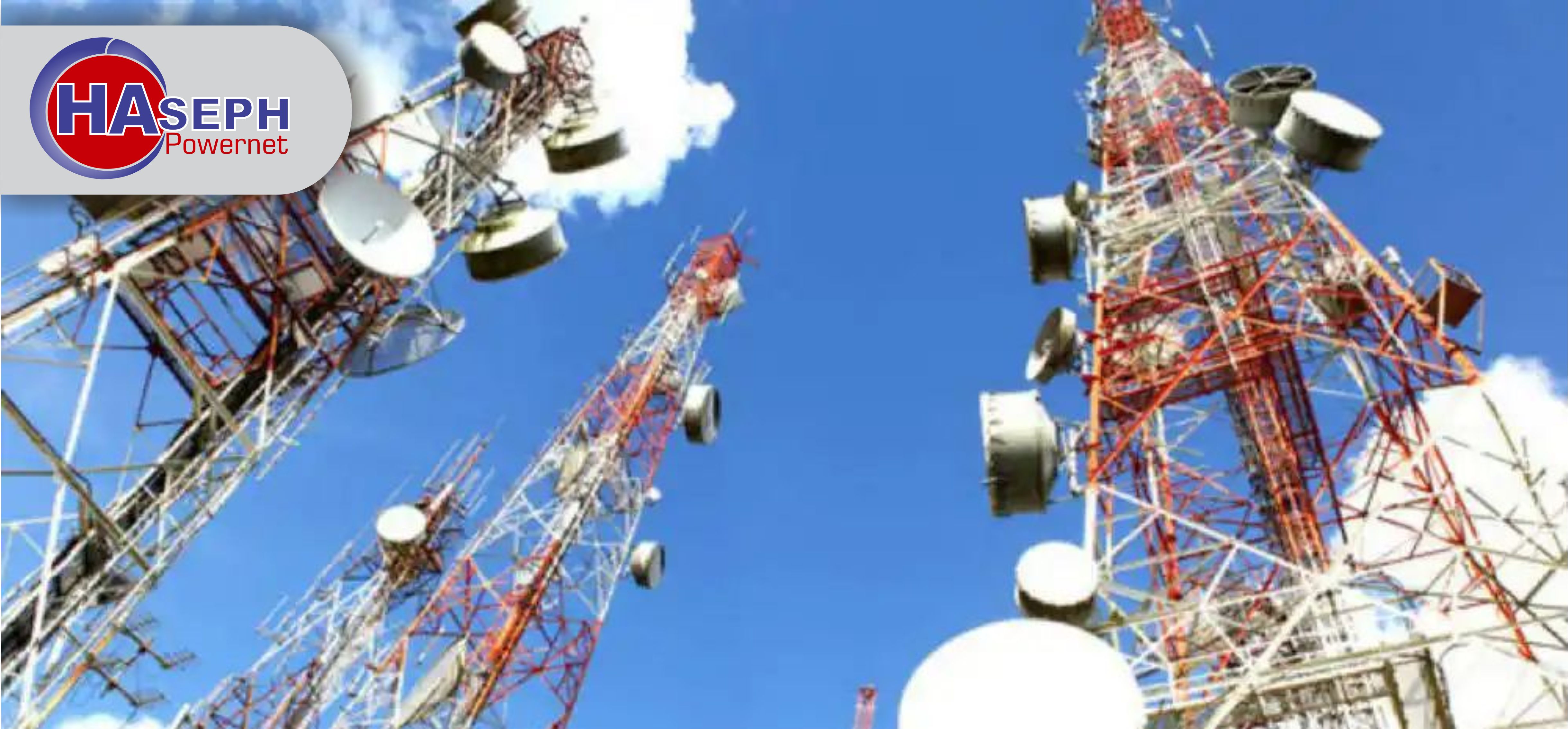
Perform installation environment inspection. Check whether the installation environment meets the requirements for equipment installation.
Unpacking inspection of microwave equipment.
Install two standard racks. Lay the power cables, grounding cables. Prepare and stick labels.
Install two IDUs. Lay the E1 cables, Ethernet cables, optic fiber and other user cables. Prepare and stick labels.
Installation of ODUs (1+1 or 2+0 XPIC configuration).
Installation of combiners and low loss cables(1+1 configuration).
Installation of IF cables and lightning arresters(1+1 or 2+0 XPIC configuration).
Installation of mounting poles.
Installation of microwave antennas.
Power up the equipment and check installation quality.
Alignment of microwave antennas.
Site cleaning.
Responsible for hardware installation quality and complete hardware acceptance according to the hardware quality inspection criteria of customer.
Output of engineering completion material and documents related to engineering as required by the contract, including: AS-Built Document, Hardware Acceptance Report, etc.

Check whether the environment meet the requirements of installation.
Unpacking and inspection of antenna and equipment.
Install the antenna to the pole on tower-top.
After the installation, adjust the antenna alignment as per the design requirements.
Hardware installation check: to make sure the antenna installation meet the design and installation requirements.

1. class="mb-50">Check the installation environment, ensuring the environment meets the installation requirements of a base station.
2. Unpack and inspect the devices delivered to the site.
3. Install the BSC/RNC/iTC rack, including the following tasks: installing one rack, inserting the boards in the rack, connecting a power cable from the BSC/RNC/iTC to the power distribution cabinet, connecting an optical fiber from the BSC/RNC/iTC to the ODF, connecting the grounding cable of the BSC/RNC/iTC, connecting the cables within the BSC/RNC/iTC rack, and making and attaching the labels on the devices and cables.
4. Lay and connect the 192 transmission cables, and make and attach the labels on the devices and cables.
5. Install the network devices (switches and routers), lay and connect power cables and Ethernet cables, and make and attach the labels on the devices and cables.
6. Power on the devices, and check the installation quality.
7. Clean up the site.
8. As-built documents
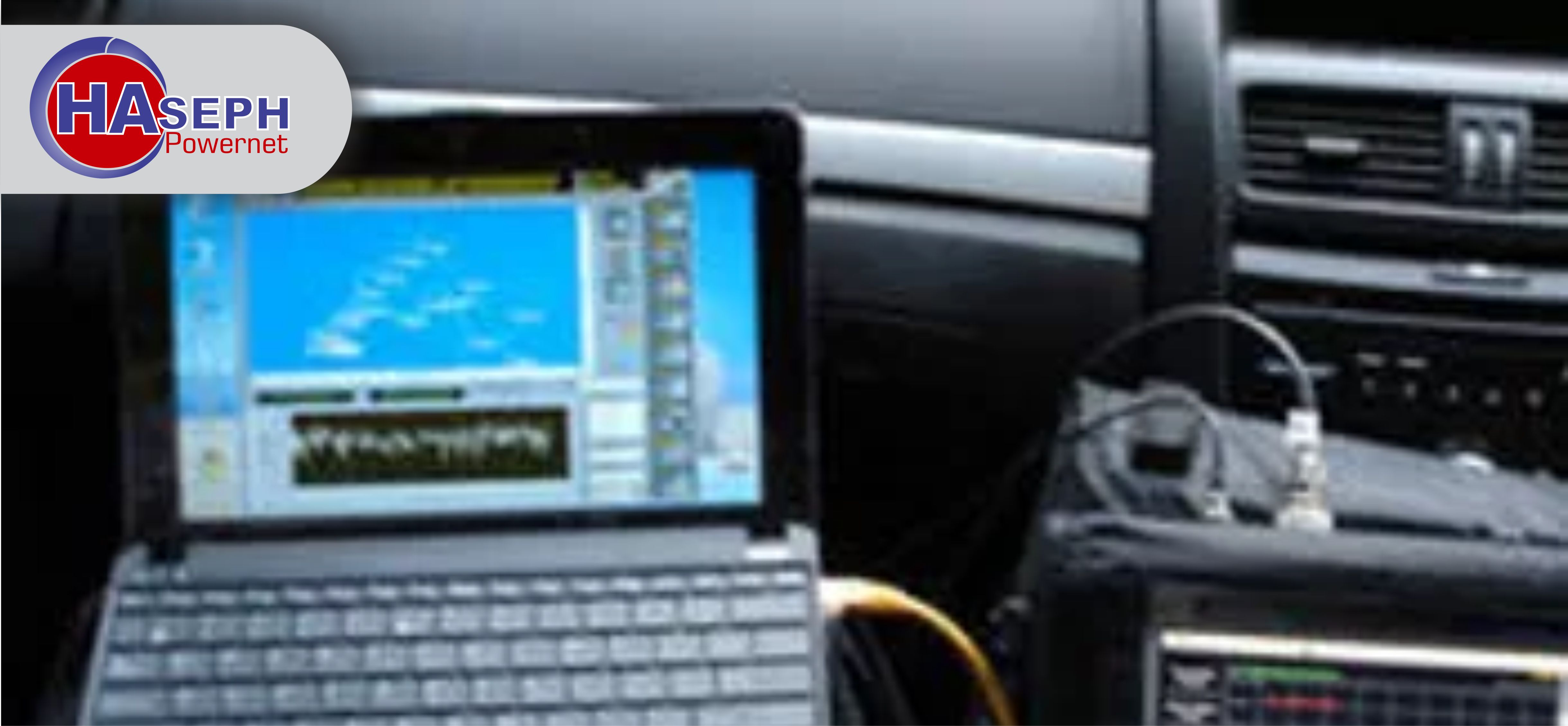
Collection of test data of single sites by DT or CQT and checking whether every function of the site is normal and whether every parameter is correctly configured.
The contents of each test may include: 1) long voice call, 2) short voice call, 3) data uploading or downloading service, 4) PDP test, 5) MOS Test If needed, 6) scanner test if needed.7) making statistical analysis of the DT and CQT data and outputting single site verification test (SSV) reports.
Collection of test data of clusters by DT. (Note: Usually, 15 to 30 sites are divided into a cluster and cluster tests are conducted after single site verification tests to test the cluster-level KPIs. Usually, the cluster test route should go through all the commissioned base stations in the cluster, including the trunk roads and expressways in the test area.Considering the test workload, the road sections in the planned test route should not be too close.) The contents of each test may include: 1) long voice call, 2) short voice call, 3) data uploading or downloading service, 4) PDP test, 5) MOS Test If needed, 6) scanner test if needed.7) making statistical analysis of the DT data and outputting cluster analysis reports.
a. Collection of the network data from DT for all technology;
b. Conducting a comparative test between the same area of different operators. The contents of each test may include: 1) Long voice call; 2) Short voice call; 3) Data FTP downloading and uploading; 4) HTTP web browsing; 5) YouTube streaming; etc.
c. Analysis the DT log and data, export DT KPI statistics report for each area. And also need to report the DT progress weekly with the KPI statistics report.